Browse Our Books
You can browse our books easily with any of the following filters, hover over the filters or their titles to see their descriptions.
Reading Level
Categories
Or you can use quick search or switch to advanced search for better results...
Search Results (Found 4770 results)
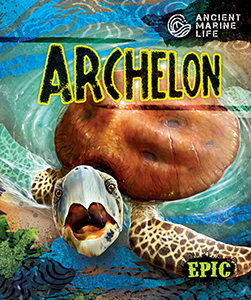
Ancient Marine Life (Epic) 
Explore the waters of the ancient world in this hi-lo series for reluctant readers! Readers will discover giant turtles, enormous sharks, and more through engaging text and colourful illustrations. Along the way, features highlight fun facts, animal diets, fossil maps, and more. Readers will love going back in time to discover some of the world’s most fascinating prehistoric creatures!
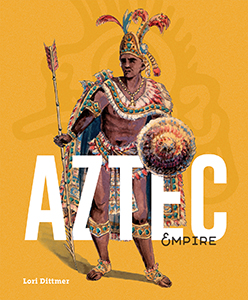
Ancient Times
Step back in time to explore some of the most influential societies in human history from a younger person's point of view. Key aspects of daily life, basic governmental structure, and beliefs are explored at an accessible reading level, leading up to a spotlight on a well-known architectural accomplishment that still exists today. A useful supplement for elementary social studies curricula.
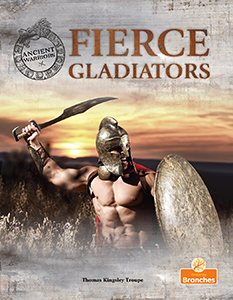
Ancient Warriors (Crabtree Branches) 

If you could be a medieval warrior, which one would you be? Readers will devour every fact about the armor, weapons, tactics, and training of ancient warriors in these exciting books. Fascinating photos recreate what it was like in battle long ago. Every book also includes a page for caregivers and teachers that suggests guiding questions to help aid in reading comprehension. Downloadable Teacher Notes available.

Ancient Wonders
Visit architectural wonders and travel back in time with this series that clearly explains not only the wonderful and amazing constructions, but also the people behind them, their cultural importance, and how these wonders were built.

Ancient Wonders
Visit architectural wonders and travel back in time with this series that clearly explains not only the wonderful and amazing constructions, but also the people behind them, their cultural importance, and how these wonders were built.
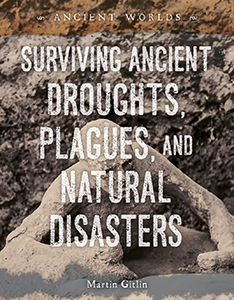
Ancient Worlds 
From infamous despots to famous philosophers, key characters and facets of the ancient world come alive in this hi-lo series for struggling readers. Written with reluctant readers in mind, considerate text, engaging stories, and intriguing sidebars and photographs will help open readers' eyes to the wonders of the ancient world.
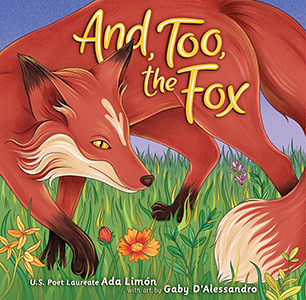
And, Too, the Fox 
US Poet Laureate Ada Limun has a keen eye for the natural world. This poem pulses with the joyful energy of a fox bounding through backyards, piecing together a living in his own way. Paired with lush illustrations by Gaby D'Alessandro, this picture book brings Limun's work to a new generation. Comes with its streak of red flashing across the lawn, squirrelbound and bouncing . . .

Animal Adaptations (First Step Nonfiction)
Designed for begining readers, Animal Adaptations inroduces the concepts of adaptation and habitat. Each title presents the animals found in a specific habitat and invites young readers to explore how the animals are adapted to their surroundings.
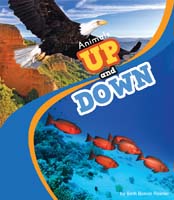
Animal Antonyms
New readers will love learning all the ins and outs of animal antonyms with these delightful books. Colourful photos of animals in the natural world draw in young students and make opposite concepts easy to visualize. Simple, accessible text and fun facts make learning fun.
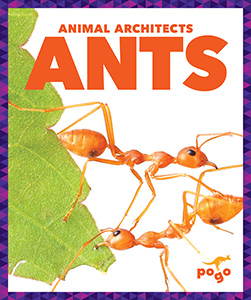
Animal Architects (Pogo Books)
Tunnels. Bridges. Dams. Humans aren't the only animals to build these structures. Moles, ants, and beavers do, too! Explore these builders' works and worlds through vibrant photos and carefully levelled text. Animal Architects includes infographics, an activity, and a glossary to reinforce new vocabulary.